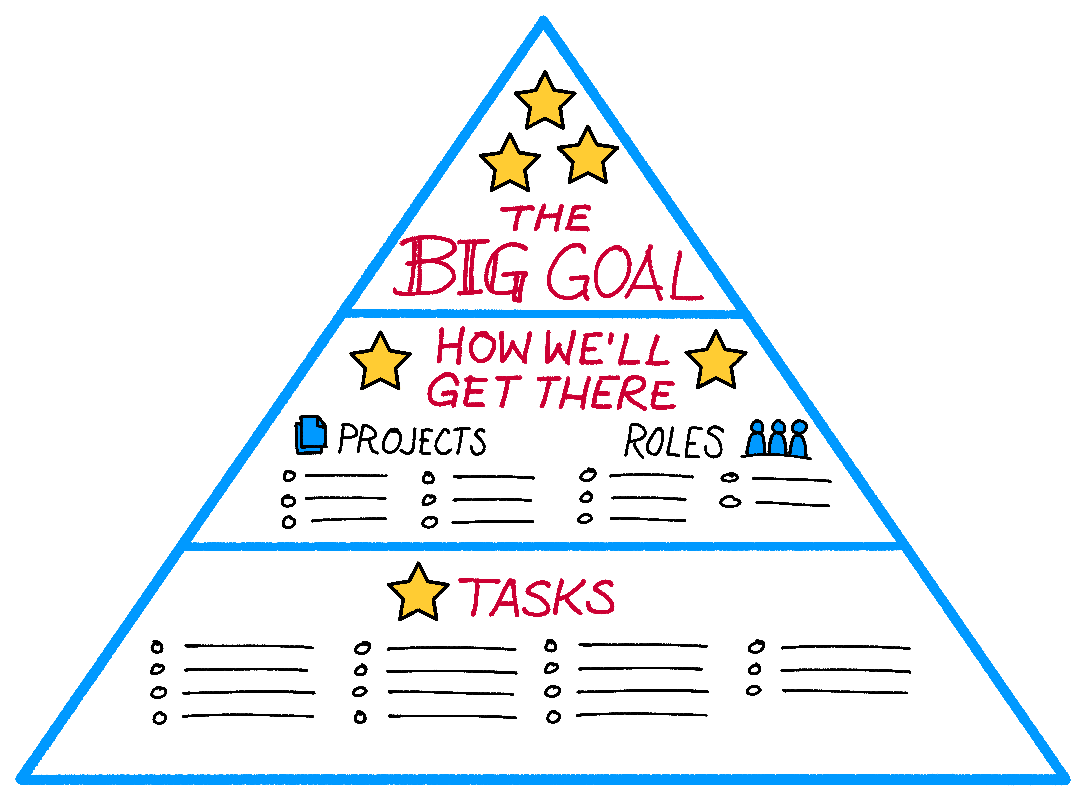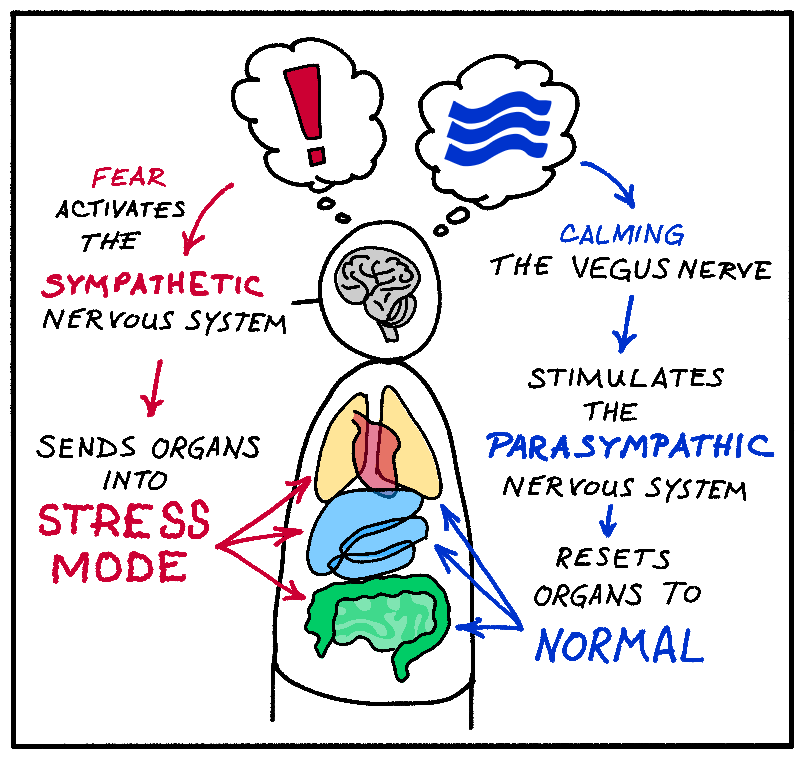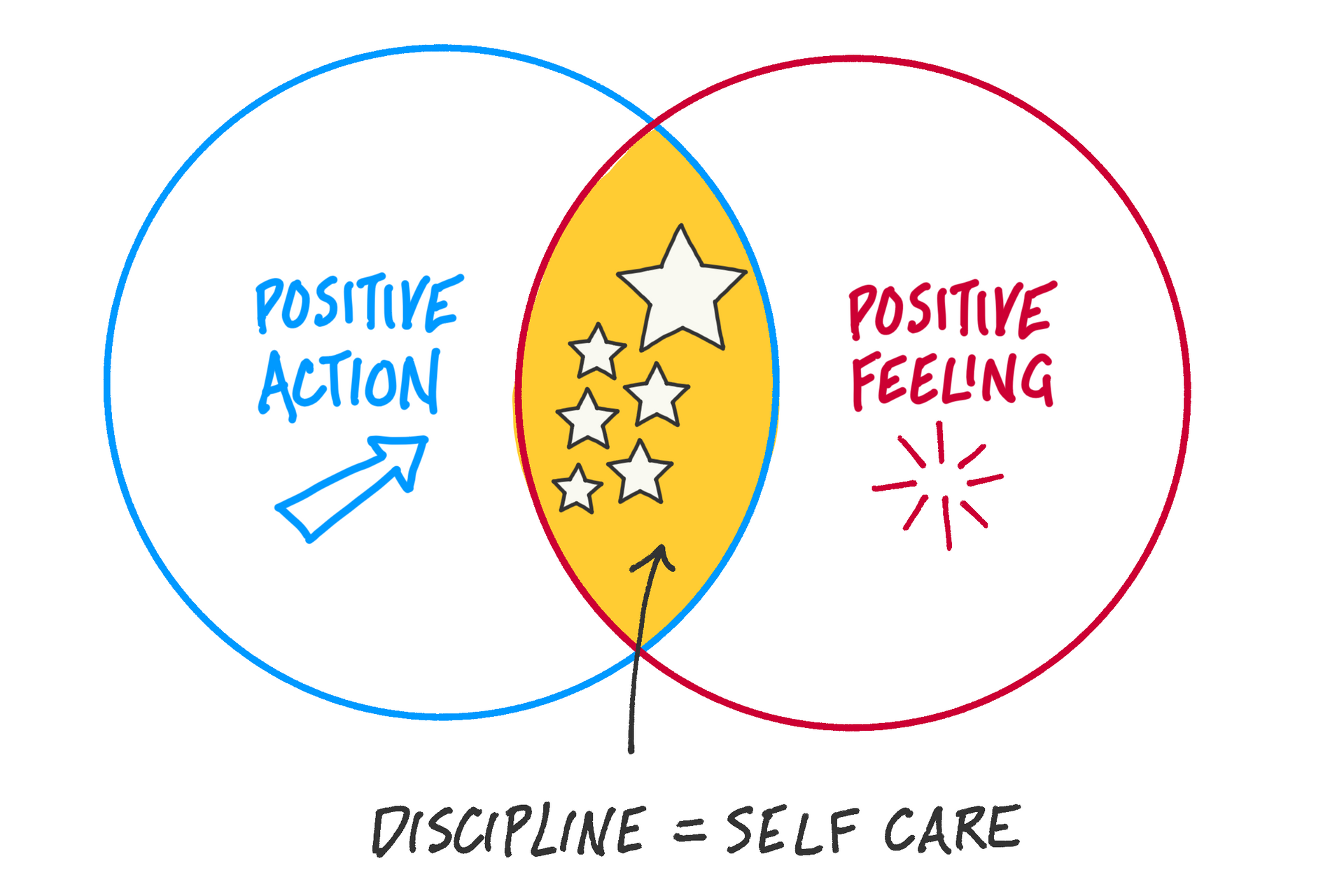Shape Shift - The Triangle
The Art of Applied Visual Thinking
Point with Purpose
Welcome to the Shape Shift Series Part 3.
In our last issue, “Shape Shift – The Square,” we explored how structure and containment help ideas take form. But what if you’re ready to focus in, identify what matters most, and move with intention?
That’s where the triangle comes in.
If the square is a container, the triangle is a spotlight—it directs your attention, clarifies your goals, and sharpens your message. Triangles are compact, efficient, and full of meaning. In visual thinking, they help you zoom in and prioritize what’s most important.

The Triangle
Triangles are more than just shapes with three sides—they’re tools of focus, clarity, and intention. In visual thinking, the triangle helps you identify direction and distill complexity into its core elements.
Here’s how you can use a triangle in your visual thinking:
1. Highlight a hierarchy
Triangles naturally point upward, making them perfect for visualizing levels of priority or importance.
Try this: Draw a triangle and divide it into three horizontal levels (like a pyramid).
- At the top, write your highest priority or big-picture goal.
- In the middle, include mid-level projects and roles.
- At the base, add foundational elements or tasks that support the rest.
Example: Planning a team retreat
- Top: Inspire connection and collaboration
- Middle: Schedule group activities and team-building
- Base: Book venue, food, transportation
Use this structure to communicate what’s most important—and what everything else depends on.
2. Show cause and effect
Triangles also create a natural visual flow, which is ideal for sequencing actions or explaining how one element drives another.
Try this: Use a triangle on its side to map a cause-and-effect flow.
- At the left, identify the starting condition or trigger.
- In the middle, outline the process or reactions.
- At the right, state the result or impact.
Example: Customer complaint process
- Trigger: Late delivery
- Response: Investigate → Apologize → Offer refund
- Outcome: Retained customer, improved shipping process
This layout helps you communicate logic clearly and concisely.
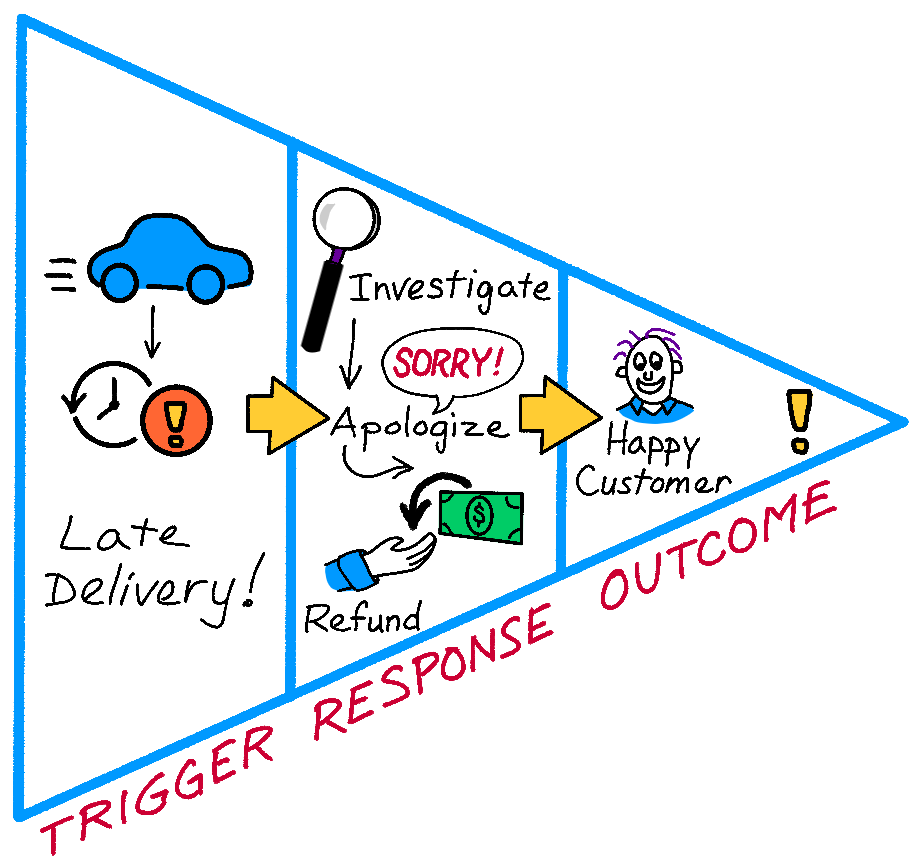
3. Create balance through focus
A triangle’s three sides offer stability—even when what you’re working on feels uncertain.
Try this: Draw a triangle with a goal at the top and two supporting elements at the base.
Ask yourself: What two things will hold this goal up?
Example:
- Top (Goal): Launch new employee onboarding
- Bottom Left: Build welcome content
- Bottom Right: Set up LMS automation
This triangle structure brings clarity to your next steps—just three key elements to stay grounded and aligned.
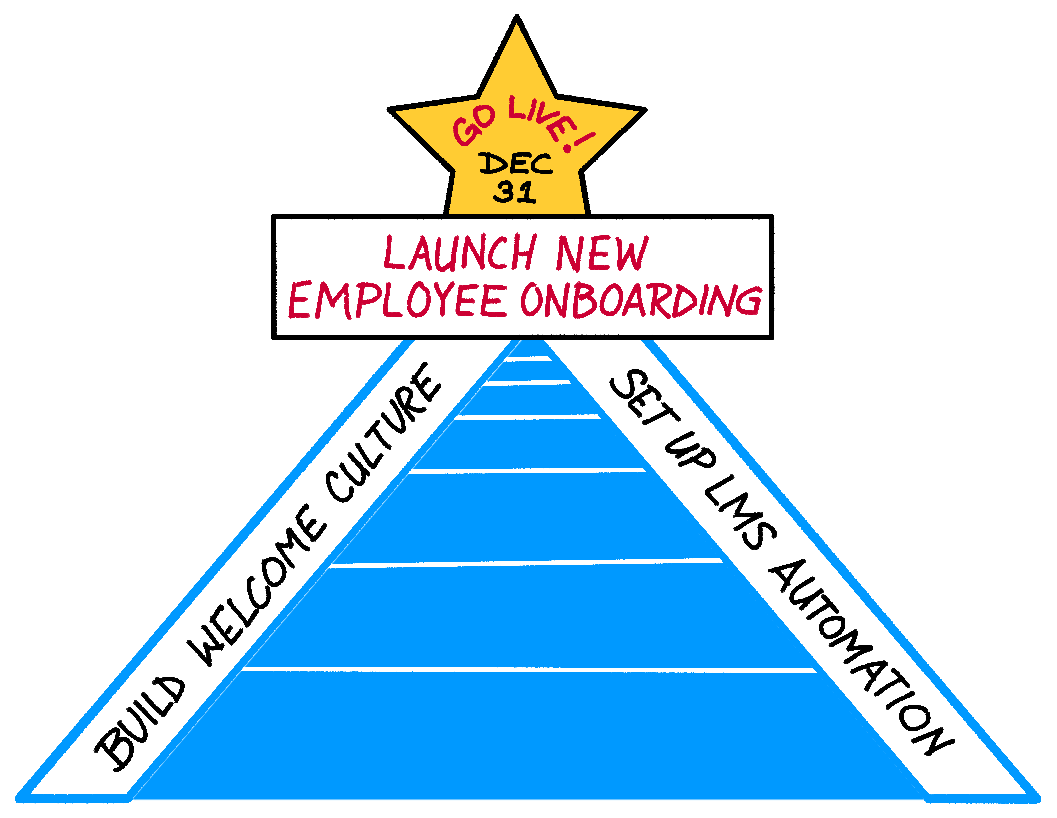
Triangles are the shape of
clarity—three points that create stability, direction, and intention. When your ideas feel scattered or you need to cut through complexity, draw a triangle. Let it guide your focus.
Ready to put your triangles to work?
Each of these exercises starts with a triangle. Choose one and try it:
- Draw a triangle on your page or whiteboard.
- Choose a focus:
- Show a hierarchy
- Map cause and effect
- Ground a goal in key supports
- Fill it in to reflect your priorities, process, or purpose.
Let the triangle help you zoom in, narrow your view, and move forward with clarity.
Next time: Blobs — messy, marvelous, and perfect for creative, unstructured thinking.

